14
Press Conference Flashback: Pam Shriver 1992 US Open
10 Comments · Posted by Scoop Malinowski in Scoop
U.S. OPEN
September 3, 1992
Pam Shriver Press Conference after losing to Steffi Graf
Q. During the break, did you think of the possibilities you had in the first set?
PAM SHRIVER: I didn’t dwell on it during the break, no. I just — I am very aware that I had the one breakpoint 3-4 — excuse me — 4-All or 3-All?
Q. 3-All.
PAM SHRIVER: 3-All. Worked the point; she played a backhand approach. I missed a forehand up the line, and then, really, the big point on my serve was 5-6. 15-Love backhand volley, just missed long a little bit. Didn’t quite hit it. So those were the two points in that set. And then the point in the second set was first point out, actually, first point after the delay. I played a great first serve up the middle. She barely got to it. I was in control. I should have put the overhead away. And I went back the wrong way. I know — you know, I know to go the other way. I just didn’t. So, the point went on. She won it. Then I got down Love-40, and you know, got back to 30-40, but I needed to be up 15-Love. That would have been good. You know, she — her serve in that last game was a joke. She was hitting 98, 99, right to the line. So I needed to whole the serve to keep putting the pressure on her.
Q. Pam, several years ago you played her in that wonderful three tiebreaks set match.
PAM SHRIVER: Yeah, it was the first lady’s match ever to do that.
Q. It was on that same court and I remember it was a very emotional match for you. It was — did it in any way mark a turning point in your career, at that point?
PAM SHRIVER: Well, I talked about that the other day with somebody and I think that, you know, my best — as far as my best years, there was– it was ’87, ’88. So it was still a good year and a half, two years after that. And you know, I beat Steffi again after that at the garden in ’88. I think what it marked, though, was, really — that was her career on the way up. And mine was just kind of, you know, I hung in there for a couple of more years at — in the top five, but she was on her way, definitely, passing me and passing everybody else, so you know, ’85 was her year that — everyone knew, actually ’83, ’84 that this kid was something special that comes around maybe once every eight, ten years. Well, I guess she is a Grand Slam winner. That means she comes around once every — I don’t know, a lot longer than ten years. I remember that match very well.
Q. Do you — I suppose you don’t, anymore, invest the same kind of emotion in a match that you did back then or would you, if the match crescendoed in that fashion?
PAM SHRIVER: I tell you what. I mean, I am still very much a competitor and I go out there and I thought that if I played the way I can play, I could really — I had a chance to win today. And an as it turns out, one service break each set, you know, a point here, a point there, I am not without a chance. I mean, it was a very competitive match. I am disappointed that I didn’t play a little bit better on a couple of those points. But, you know, that is kind — that is the way it is when you are 32 in the world versus 2 in the world.
Q. I don’t know if enjoyment is the right word, but where does the enjoyment of a match like this fit with the days when you were number five?
PAM SHRIVER: There is not quite the pressure externally. I mean — there is no more of that feeling, oh God, I am — I hope I can make the quarters. Make the semis. Make my seeding. Whatever it is, like, I hope I don’t get a seed first round. It is — if I do get a seed first or second round, I hope it is not one of the top — I hope it is somebody that I really think — I got a really good chance of winning against. It is different. It is very different. It is almost like — it’s kinds of another career, almost. I am enjoying this stage a lot. I really am. But I’d still like to be able to, every once in awhile, win a match like this, and get through to more semis of singles, get through to a final. Because I still feel like — I still feel like I am capable of playing a lot better and more consistently. I guess until I get that out of — until I do that, until I play better for — I am not going to be satisfied or until I realize for sure that it is not there anymore. That is sort of the — that is always an athlete’s dilemma towards the end– is, you know, are you just out there, or you know, matches like this is encouraging because if I go out there and lose one and one or two and one and I am just kind of picking up prize money, that is not good. But if I can still contend against the top players, and it is worth hanging in there.
Q. Pam, you were sort of like the classic wily veteran in this match against her. When you were her age who was it that you sort of saw in that role?
PAM SHRIVER: Probably Wendy Turnbull-ish. That is probably not a word. It is like potato. That kind of player, I would say.
Q. How much thinking was going into what you were doing? I mean, you were really– you were making her work and you were making her get to her strengths?
PAM SHRIVER: Yeah, I just my back — one thing that makes me uncomfortable when she really smacks a ball to my backhand, I have a tough time handling the pace and getting it back down back to her backhand or hitting it solidly enough up the line to then open, up the other side of the court. But when I — when see was hitting second serves and I could get around and attack it and when I was serving well, I was dictating play quite a bit. That was very important. Obviously I was in trouble if I missed my first serve, although, I gambled on some second serves and that was important. I didn’t hit my forehand return as well as — I think if I had hit my forehand return which is what I did in 1988 against her, I hit it incredibly well. I think I would have broken her serve a couple of times today if I could have just broken her serve. Then you really start putting pressure on someone. I just couldn’t quite get the break through.
Q. During your year it seems that people filled the grandstands here watched you play. There is purely an attraction to the fans. Can you identify what it is – I am thinking a little bit of Connors, of McEnroe – that makes people want to watch players aside from their ranking?
PAM SHRIVER: I think a lot of these people have been watching the U.S. Open for 15, 20 years and I have been playing here since the very first year it was here in 1978. They sort of seen me grow up. They felt sorry for me. I have never won a singles Grand Slam title. I have always been a little emotional. I think that helps in New York. I have played some great matches at the Garden. A lot of times it is similar tennis people that pile up at the Virginia Slims that come out here. I think a lot of the people that watch here are 30, 40 years old and anyone over 30, they are going to give an extra cheer. I fit that description this year.
Q. Pam, do you think you are only person that plays doubles with George Bush and Martina?
PAM SHRIVER: Very funny.
Q. Actually that is a Glauber’s question.
PAM SHRIVER: One is definitely more to the left than the other.
Q. Can I ask you about — This is not a new question, but really what makes a good doubles player, a good doubles team?
PAM SHRIVER: Team?
Q. Yes.
PAM SHRIVER: I always think the number one thing is just the communication between the two players. If given the fact that you can serve and volley and do all the basics, it really comes down to communication and knowing what your partner is going to do and being able to support when they are down and vice versa; being able to suggest certain shots at certain times. Because you know there are two brains on a court, which means, you know, if there are two intelligent brains, you could come up with pretty good strategy if you are in trouble. I think that is very, very important.
Q. You and Martina didn’t really– don’t really play the — do play the same styles; so you don’t have to have a contrast of style to be successful?
PAM SHRIVER: I do not think so. Not at all. If you have somebody like Chris Evert when she played doubles and she always downgrades her doubles, but she is a very good doubles players. She returned well; kept the ball in play. If you got someone like Chris, I think it is very important to have someone that could approach who has good solid volleys and a bigger serve. I think when you have 2 aggressive doubles players on one side, that is a perfect game. I think a leftie and rightie is a good thing because your opponent never gets the same thing on the return of serves.
Q. If she were to win here next week–
PAM SHRIVER: “She” being Martina?
Q. No, Steffi.
PAM SHRIVER: Thank you Richard. Well, there are a few “she’s” left here. There is about, what, 64 “she’s”? Okay, go head.
Q. This is a Glauber’s question too. If Graf was to win here, does she have a shot at number one?
PAM SHRIVER: You mean everyone’s brain this year? In the Slims computer.
Q. In your thought.
PAM SHRIVER: Any time a same player wins Wimbledon and the U.S. Open and they have had a solid year the rest of the time, boy, that is tough to beat. But on the other hand, you are going to have somebody else, if Graf wins here, who won the other two Grand Slams, who has also been at least to the finals of a third, and who knows what she is going to do here. I don’t think she has lost four finals this year. Maybe I am wrong. Jennifer at Lipton, maybe one other, I don’t know, tie goes to who? The oldest one?
Q. What is your observation of Graf in perspective of her career right now? At the Wimbledon final people said she is maybe as good as she has ever been. How do you view her game?
PAM SHRIVER: I don’t think she will — I am not sure she will ever have that 1988 magic, sort of simple, first time — first time ever to ride the wave of number one. I think as you get older, your life gets a little more complicated. It is a little harder to totally focus on things. I think she can still be number one. I think that she can still play as well or better than she did, but over the long haul, it is a consistency thing, that she is playing very well. I thought this year at Wimbledon, I thought it looked like she was having a great time, as well. Sometimes Steffi wins and she looks like she is miserable, but this time, it looked like she was kind of enjoying her time, and hopefully, for a number of years, she will really enjoy what she is doing, because, my gosh, if you are that good, you might as well have a good time at it.
No tags
10 comments
<< Press Conference Flashback: Andre Agassi Monte Carlo 1996



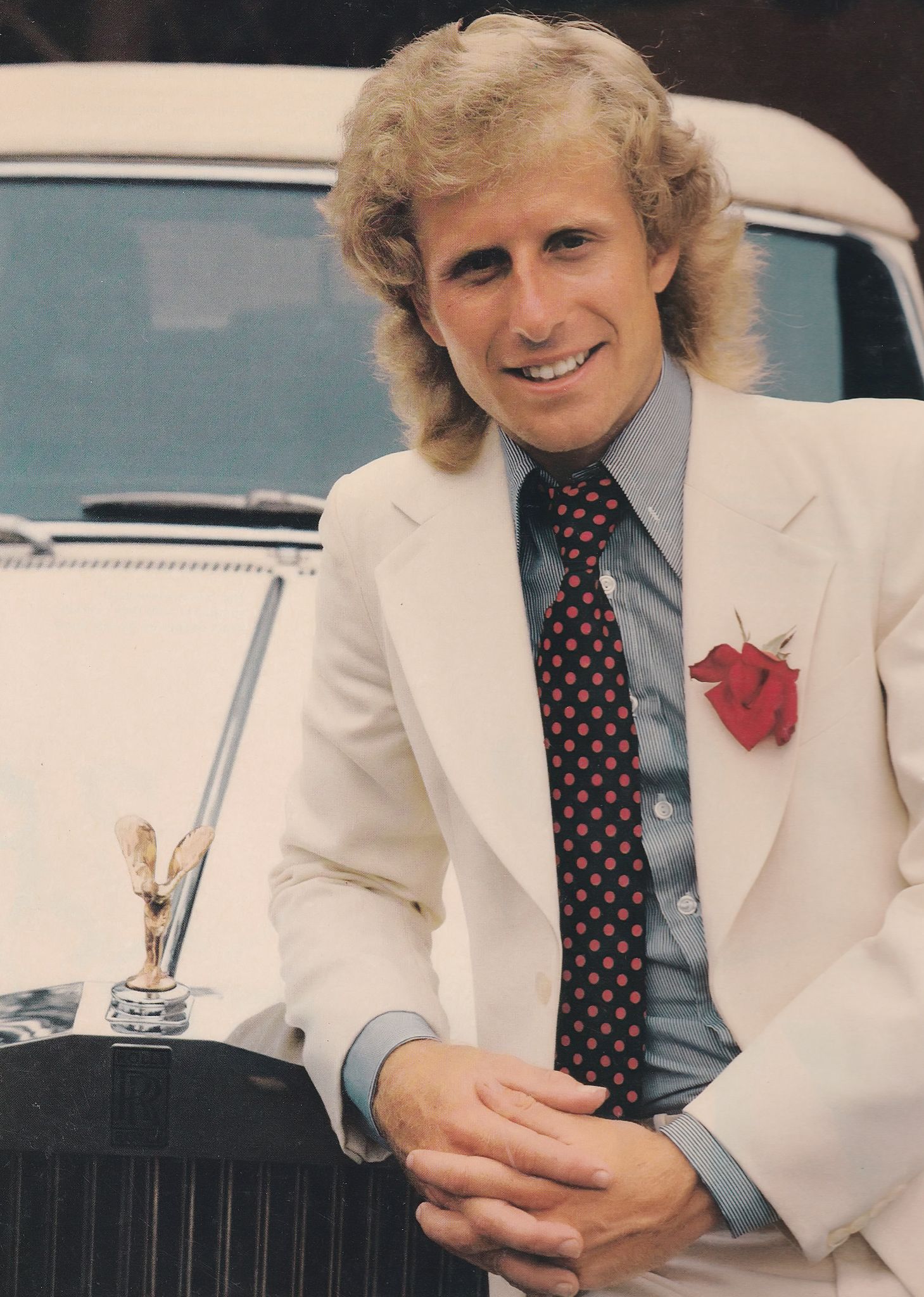
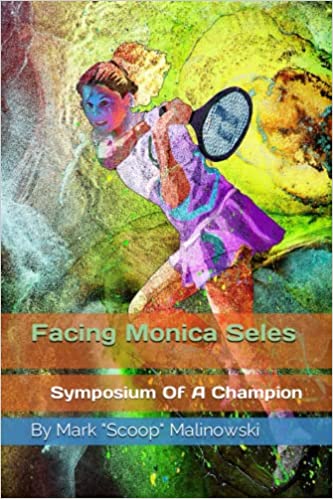
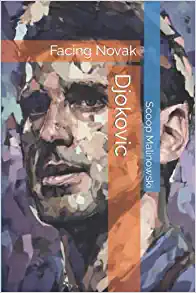
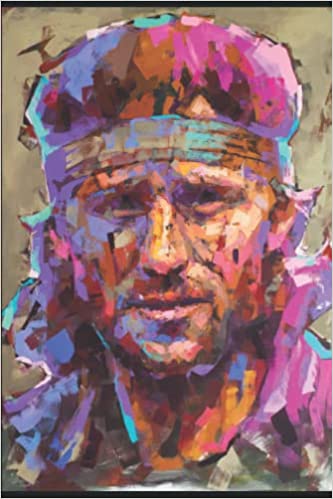
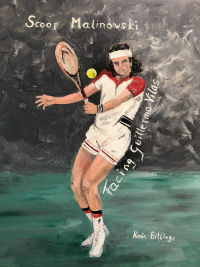
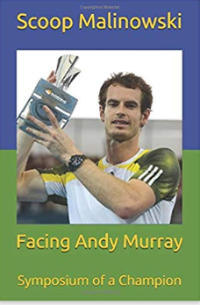
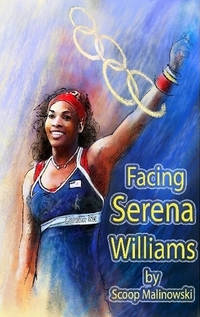
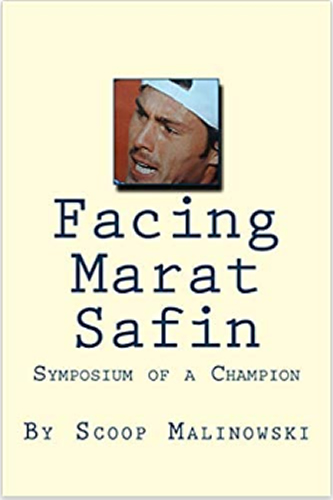
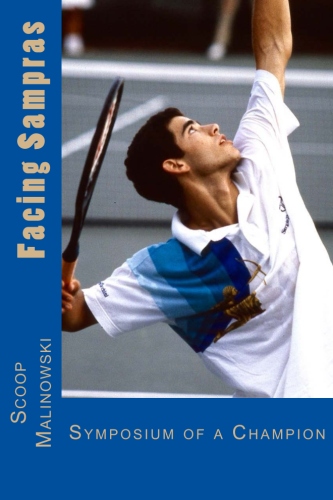
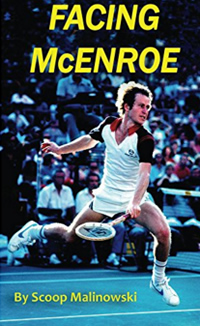
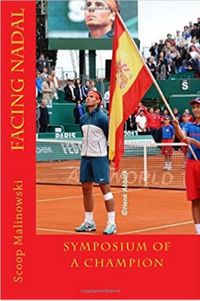
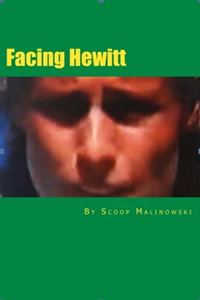
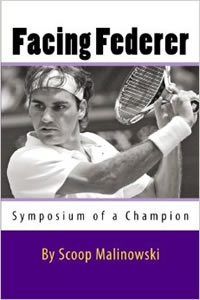
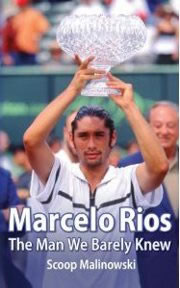

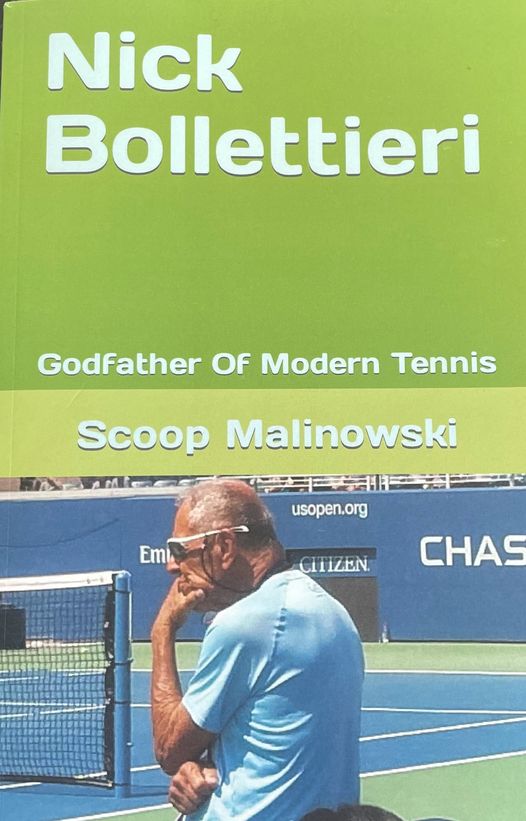
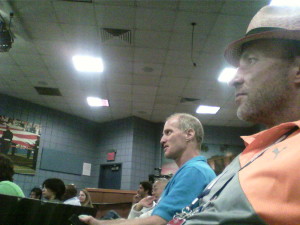

catherine · October 15, 2017 at 4:01 am
Pam was always good in interviews – one of the best. I don’t think you’d get that kind of stuff now – no time, maybe no interest. Her press conferences were always worth attending. Is she a good commentator ?
I saw Pam play from the first – great in doubles but lacked that extra something to dominate in singles. Maybe a bit slow. But her fans were very loyal and steadfast and really wanted her to win. I remember that.
This piece shows how much the conversation in those days was All About Steffi. I’ve often wondered how she never made a second Grand Slam. And people tend to forget now that Steffi did lose a few matches.
catherine · October 15, 2017 at 4:40 am
BTW – is that you and Dan back then ? You haven’t changed a bit 🙂
catherine · October 15, 2017 at 10:16 am
Any particular reason for posting this interview with Shriver now ? It’s interesting and amusing, but anything else ?
Scoop Malinowski · October 15, 2017 at 7:12 pm
No Catherine; Just expect anything any time here at Tennis-prose.com 🙂 We are the theater of the unexpected 🙂 I was just researching old Sampras interviews from US Open 92 for my Facing Sampras book and thought it would make a neat new feature. To post random press conferences of players back in the old days. I found Shriver to be an interesting interview and I liked that stat that her and Graf was the first time a match ever went to three tiebreakers in the WTA. It is very rare to see that in a women’s match.
catherine · October 16, 2017 at 3:33 am
Good idea for a feature Scoop. Don’t know how far back you can research but I remember some good ones in the 80s, before everything got orchestrated and controlled by PR and the press conferences were smaller.Also, these days more players have English as their second or even third language and their range of vocabulary and expression can be limited. Not sure how much difference that makes though – Gabriela Sabatini’s interviews were notorious for their brevity but apparently they were no more enlightening in Spanish.
Tie breaks in WTA – I thought that Garcia/Svitolina’s 3 1/2 hr marathon was 3 tiebreaks but the second set was 7-5.
catherine · October 16, 2017 at 4:29 am
For anyone who’s interested Pam’s book ‘Passing Shots’ her diary of a year on tour, is still available on Amazon. Came out in ’88.
Pam was emotional – maybe one reason she didn’t get a GS title, and had no inhibitions about expressing herself on court. Tracy Austin and Andrea Jaeger occasionally featured as targets.
Scoop Malinowski · October 16, 2017 at 9:20 am
Catherine; I remember Pam was one of those teen sensations who burst on the scene with a big run at I think the US Open at age 16 or 17 and showed massive potential but was not able to duplicate that early success and then transformed into a doubles star though she did have a successful singles career but just not quite to the level that many expected due to the early breakout success. This sort of career pattern happens to a lot of players. Kournikova, Natasha Zvereva, etc. I would like to read this book but I never heard of it and never saw it available at a used book store.
Scoop Malinowski · October 16, 2017 at 9:21 am
Catherine; Why did Pam target Austin and Jaeger?
catherine · October 16, 2017 at 11:45 am
Scoop – Here’s something I wrote about Pam at Wimbledon in 1987 after she’d beaten Helena Sukova: ” in her press conferences (Pam) has said things more than once which suggest her committment to winning is oddly hedged about with misgivings. ‘ It’s a problem if you do well. Peter Doohan is no longer anonymous. That’s part of the price you play for big wins. That was part of the problem I had last week at Eastbourne (losing to Martina in 3 sets). I didn’t want to make a big splash. Sooner or later I’ll be ready to make a big splash again.’ In other words, Pam doesn’t long for fame, she’s never had Chris,Martina or Steffi’s drive to be No 1 and all that goes with it.”
The big splash never came for Pam in singles mainly because Chris, Martina and later Steffi were all ahead of her. She did, as you say, have a great doubles career though.
Pam’s book is available on Amazon here and in the US, in used copies – that’s probably the best place to find it. She wrote it with Frank DeFord.
Pam and Tracy Austin had a kind of running feud when they were young players – I’m not sure how it started but there was definitely no love lost. Andrea was known for her constant yammering on court which Pam used to get fed up with. On one occasion she dropped her racquet and yelled ‘For Christ’s sake Jaeger, SHUT UP !’ Can’t recall if she was penalised. Probably not.
Scoop Malinowski · October 16, 2017 at 12:22 pm
Wow, Pammy was a hot head. I’ve never heard of any player blasting an opponent so openly and bluntly as that. Not much diplomacy there. Sounds like Pam was sort of like Rios – they had the talent and love to play but not really comfortable with all the media attention.